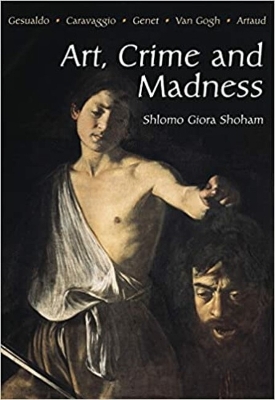Art, Crime and Madness explores the relationship between creative innovation, deviance and morbidity. To innovate, one has to be able to view the medium and the object of creativity in a different, hitherto unexplored manner. The essence of art is creative innovation, coupled with an ability, in varying degrees, to transcend the boundaries of consciousness. But this 'ability' is also the prerogative of the mentally deranged. Likewise, the criminal and the deviant are more likely to transcend normative barriers while creating, hence the wide range of criminal and deviant behaviour in society. Although the inverse hypothesis does not hold -- the mere existence of deviance or morbidity does not predispose the individual to creativity -- nevertheless criminal and mad behaviour are often very innovative. This thesis is illustrated by historical case histories of creative deviance and genius madness, and contemporary observations. The painter Michelangelo Merisi Caravaggio killed a man while still a teenager, and a second victim during a ball game. In his lifetime he was considered degenerate, but today he is considered the greatest painter of the Italian Settecento, and his portrait adorns the Hundred-Thousand Lira note. Jean Genet the homosexual thief was born out of wedlock and as a teenager he transgressed almost all the paragraphs of the French criminal code. But he became a famous French playwright, the mouthpiece for criminals and deviants. His plays built up a philosophical apology for the raison d'etre of the criminal group.
- ISBN10 1903900050
- ISBN13 9781903900055
- Publish Date 1 June 2002
- Publish Status Active
- Out of Print 9 May 2016
- Publish Country GB
- Imprint Liverpool University Press
- Format Hardcover
- Pages 209
- Language English
